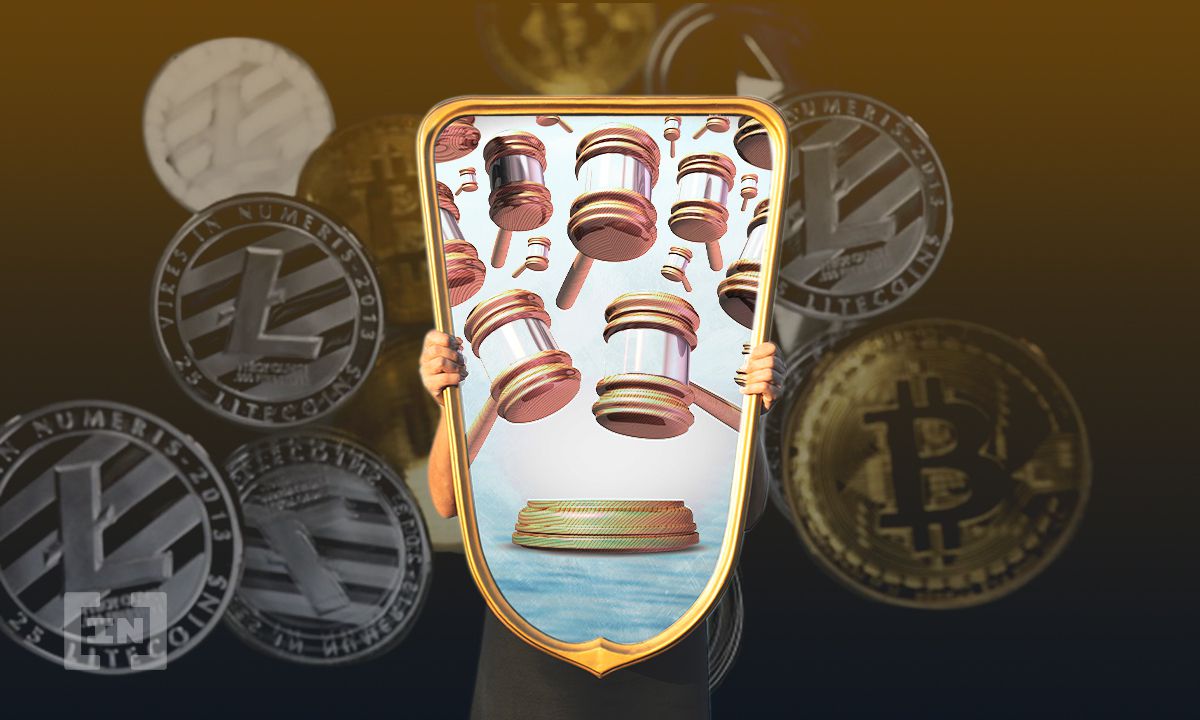The Merge and NFT – The Cryptonomist

Ethereum’s merger was a key step in the development of the infrastructure: will it affect the NFT sector as well?
In effect, it replaced Proof-of-Work (PoW) with Proof-of-Stake (PoS).
PoW had some limitations, including high power consumption. This meant that validating transactions on the Ethereum blockchain required large appliances with significantly high costs.
These restrictions also applied to NFT transactions
Instead, PoS simply provides validator nodes to be able to validate transactions, with greatly reduced effort and cost.
Merger: failure to reduce fees, NFT suffers
In theory, this could also have resulted in a reduction in transaction fees, but this did not happen.
In fact, the miner fees have been cut completely, so much so that the miners have disappeared. As of September 15, 2022, ETH will no longer be mined. Transaction fees, on the other hand, have not been reduced and are now collected by validator nodes.
The fact is that the number of transactions that can be validated has remained the same, including the speed at which they are validated. So what has always varied the fees is the market demand from those who want to record a transaction on the Ethereum network.
Using the daily median of fees as a reference, in the first 15 days of September, it was around $1. Between September 16 and October 7 it had fallen below $0.8, but from October 8 it rose to around $1.4.
So currently the median fees on individual Ethereum transactions are higher than they were in the weeks before the merge.
The explanation that the exact opposite of what was expected has happened can be partly due to the burning down of the same fees.
In fact, just since September 15th, the supply of ETH has almost stopped growing, thanks to more or less the same amount of ETH being burned with each block as it is created.
While the supply of ETH from August 1st to September 15th had grown by 0.6 million units, from September 15th onwards it has remained largely stable.
The ETH that is burned comes from fees paid by users, and is not collected by validator nodes, so it is more than fair that fees have increased.
NFT and the possible impact of the Ethereum merger
The problem of high fees affects NFTs special.
Paying $1.5, or sometimes even $2, for a single transaction is putting a big restriction, especially on the circulation of NFTs that have a low or very low market value.
So for now, the merger has had a negative impact on low-cost NFT transactions on the Ethereum blockchain.
It is no coincidence that, for example, on Open sea in October, the trading volume of NFTs on Polygon grew by 77%, while on Ethereum fell by 20%.
Before the merger, it was hoped that fees would be reduced, which would allow more NFT trading volume on Ethereum, and instead increase burn volume, which caused fees to rise and reduce NFT trading volume.
Polygon allows NFT exchanges at lower fees, but for example Solana allows them at almost negligible fees.
Ethereum’s future for NFT
At this time, it appears that this issue cannot be resolved.
Therefore, in the near future, NFT trading volumes will on Ethereum blockchain may decrease further, while waiting for other layer 2 solutions like Polygon to make NFT trading fees on Ethereum negligible as well.
It is worth noting that, on the other hand, in terms of trading volume on the Ethereum blockchain, this decline does not appear to have occurred.
Before the merger, around $3 billion was moved daily, and after a brief dip from September 17th to October 23rd, it has more or less returned to that number in recent days.
The average value of individual transactions in ETH has also experienced a similar dynamic, so the fee increase has affected almost only NFT trades.
Should this trend continue for a longer period of time, it is possible that other platforms will take over when it comes to NFT trades, especially those with low market capitalization.
Energy consumption reduced by the merger: NFT on Ethereum is getting greener
However, there are those who focus on cutting energy consumption.
With the transition to PoS, the Ethereum network now consumes only a small fraction of the power it used to consume with PoW.
This has almost completely removed the objections made in this regard to those using NFTs on Ethereum.
That’s an argument brought forward by the SuperRare co-founders Jonathan Perkins and John Crain.
The problem mainly concerned artists, and especially those involved in environmental issues.
Now, such objections have simply been erased since the merger, and in theory could also encourage the proliferation of NFTs in the art world.
But even before the merger, there were actually green solutions for exchanging NFTs, thanks to alternative blockchains to Ethereum that are already based on PoS.
In fact, not only does the total trading volume for NFTs after the merger appear to have increased, it even appears to have receded further. In fact, the merger most likely had no impact on the total volume of NFTs exchanged: it just moved some exchanges from Ethereum to Polygon or other blockchains.
Create 2 solutions
However, the scenario may change completely if, as is hoped, second-tier solutions start to proliferate.
Indeed, it is no coincidence that the main alternative to Ethereum for NFTs at the moment is precisely that Polygonwhich is an Ethereum layer 2 solution.
But Polygon is for all intents and purposes another blockchain, while second layer solutions integrated into the Ethereum protocol would be necessary to make Ethereum grow.
In other words, an NFT minted on Ethereum cannot be traded on Polygon. Doing so would require minting another NFT on Polygon that represents the original token on this other blockchain.
A completely different matter would be if there were layer 2 solutions that would allow very affordable exchange of minted and existing NFTs directly on the Ethereum blockchain.
For example, Bitcoin’s second layer, Lightning networkallows the exchange of BTC residing on Bitcoin’s blockchain by simply adding a top layer dedicated only to exchanges.
Something similar would be needed to enable fast and very affordable exchanges of Ethereum NFTs.
In fact, it can even allow continuous exchange of tokens, for example in online games where trades must be very fast and must be able to be done on a continuous basis.
After all, NFTs are an excellent solution for exchanging digital assets in online games.
Conclusion
Therefore, so far, a month and a half later, the merger has not had a positive impact on the NFT industry on Ethereum, and has actually increased the fees on the operation.
But with the development of layer 2 solutions, facilitated by the transition to PoS, sooner or later there may also be positive effects on the NFT industry.























